The ASCOD family continues to evolve in the 21st century.
ASCOD 2 SV is a modern infantry fighting vehicle designed to meet the requirements of the British FRES program.[/ Center]
GDELS ASCOD tracked vehicles are made up of two families in order to meet the basic design requirements. Look at the state of affairs and new developments.
Work on armored combat vehicles (BBM), the Spanish Pizarro and the Austrian Ulan, began in the 80-ies of the last century, but they appeared directly from the Austrian-Spanish joint cooperation program ASCOD (Austrian Spanish Co-Operative Development). Orders for the Spanish Pizarro and the Austrian Ulan were issued in 1996 and 1999 respectively.
ASCOD became a joint venture of two companies known at the time under the names Steyr-Daimler-Puch Spezialfahrzeug and Empresa Nacional Santa Barbara, which are now part of the empire of General Dynamics European Land Systems (GDELS). Today, ASCOD still exists, albeit on paper, but, nevertheless, many engineers and designers from this organization are working on a host of other projects.
However, the successful establishment and development of the company ASCOD is based on its car of the same name. True, with only two national operators operating a small number of options, the ASCOD project could easily end up in a hopeless situation, but despite this, GDELS persistently developed this project and created three deeply refined versions.
These new variants include a significantly improved machine for the Spanish army, known as the Pizarro Phase 2, the ASCOD 2 version, which is the basis of the British Army’s Special Vehicle Vehicle (SV) program, which develops one of the most advanced BBM in the world, and finally the ASCOD DK model (a new family of options, shown quite recently), the characteristics of which are somewhat average between the characteristics of the first two "newcomers" and which was created from the very beginning for the Danish program for the replacement of an armored personnel carrier but.
ASCOD
Austria operates 112 BMP ASCOD under the local name Ulan, she also announced the possibility of the following orders, but they did not appear, and therefore the program is considered to be actually closed. The situation is completely different with the Spanish army. She currently operates the Pizarro 144, 22 in the command station version and 122 in the BMP version. It is expected that it will receive more 190 new cars in four versions (106 BMP, 27 advanced observation machines, 48 engineering machines and 9 evacuation machines) manufactured under the Phase 2 retrofit project.
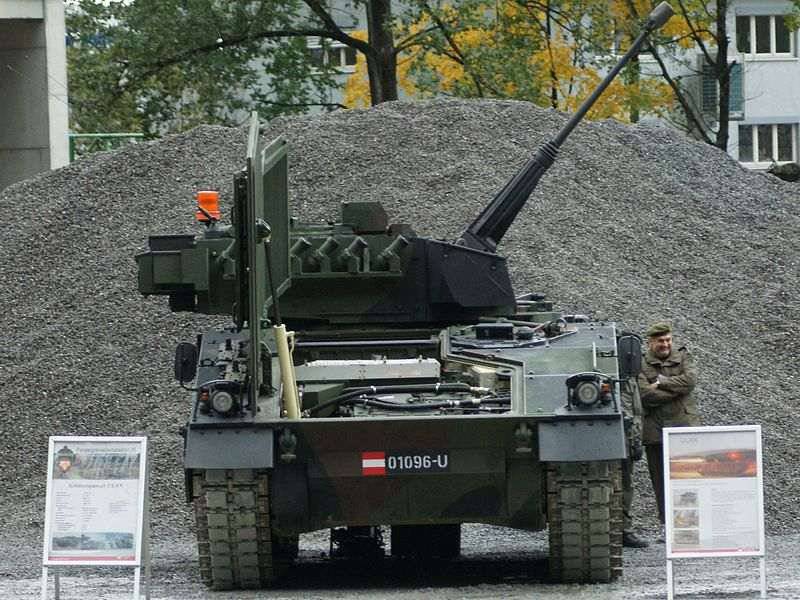
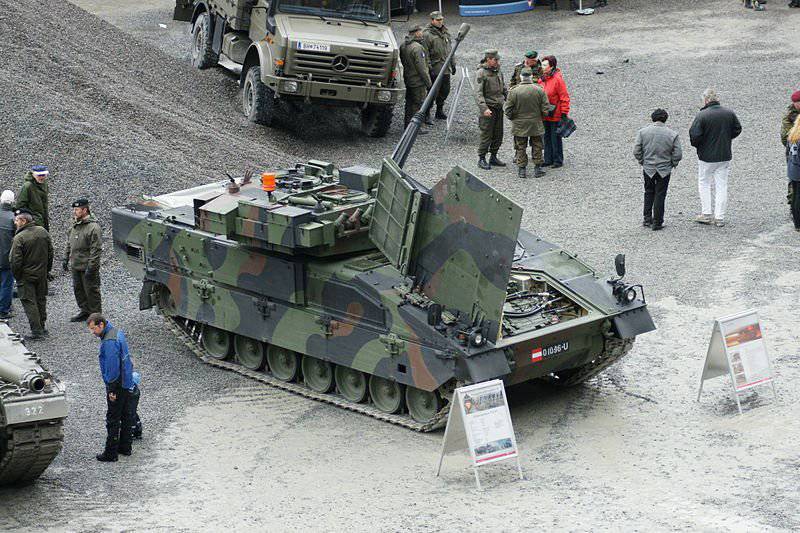
Austrian Army BMP
This project was launched in 2004 year. Manuel Jimenez, the tracked machines program manager at GDELS Santa Barbara Sistemas, said that Phase 2 machines have been in production for about a year. He added that the production schedule was slightly affected by the requirements of the customer for an increased proportion of Spanish components in the car, including the new transmission. This affected other systems, as the company now had to modify the driver’s workplace, evaluate the capabilities of the cooling system and other auxiliary systems. He said that the production schedule has not yet been approved, but the company currently intends to increase the volume of its four production facilities in Seville (two for towers and two case buildings) and produce 50 machines per year (with a short-term increase in the volume to 80 pieces), intending to complete the project by 2016 year.
Another company representative said that "we finished the machines, but are not authorized to disclose the amount."
Externally, the Pizarro Phase 2 version doesn’t actually differ from earlier machines, but its characteristics have been significantly improved, the housing design has been improved, full digitization has been carried out, new power units and advanced sensors have been installed, and at the EMC plant of GDELS in Seville (one of the largest in Europe) ) improved electromagnetic compatibility, which guaranteed compliance with the MIL-STD-461 standard.
Additional difficulties with visual recognition are that the Spanish Ministry of Defense requires that all options look the same in order to mislead the enemy’s observers. For example, an advanced observation vehicle with increased space in the hull to accommodate the crew should have a retractable sensor mast and a model of a conventional Mauser MK30 cannon turret.
The hull modification consists in strengthening and imparting greater rigidity to the structure and tuning the harmonic vibrations in order to reduce the vibrations transmitted to the crew and landing forces. The machines can be equipped with Soucy rubber tracks, although Spain has chosen the more traditional steel version.
The Ametek auxiliary power unit is also installed on the new specialized machines, which helps generate power for the new set of thermal imaging devices from Indra and the new communication kit of the Spanish army. The machine also features improved stabilization of the main armament and an automatic tracking function for the target, and an integrated electronic monitoring system is integrated to simplify maintenance.
Spain originally hoped to order a third batch of approximately Pizarro 166 machines, but this is currently highly unlikely due to the current economic difficulties this country is experiencing. GDELS also developed the Ulan 2 retrofit kit, but Austria does not seem to intend to order it in the near future.
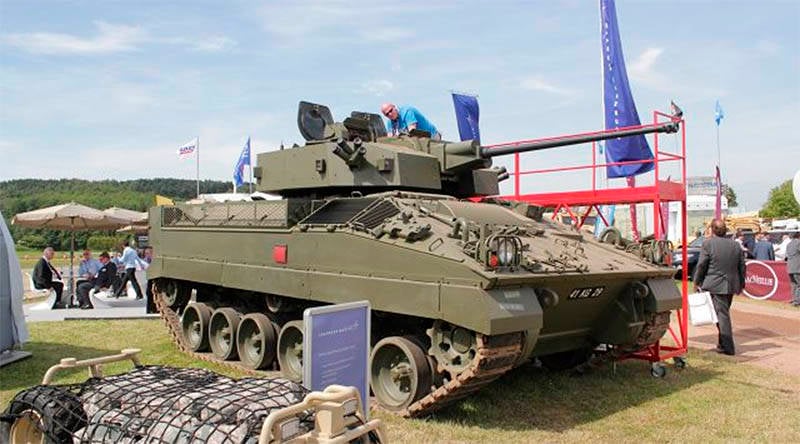
ASCOD 2 Project
ASCOD 2
The ASCOD 2 project is significantly different from the previous version, with the full mass of 38 tons and the potential of its growth up to 42 tons it retains the same mobility as the first-generation machines.
For such an increase in mass, it was necessary to slightly modify the power unit and transmission. Essentially, the MTU 8V engine is the same, but in the 199T21 configuration with more powerful turbocharging and some other improvements that increased the power to 600 kW (804 hp or 21 hp / t, respectively). Also, the car has an upgraded Renk HSLW256B automatic transmission with six forward gears and one rear, it has been improved hydrodynamic parameters in order to match the braking and turning parameters of the increased mass.
Louis Fidalgo of GDELS Technical Management confirmed that the ASCOD 2 package provides space for a hybrid drive that can be installed as technology evolves in the future.
Meanwhile, all these mobility works have been completed, the final gears and the torsion suspension are modified, Diehl 1028 steel tracks or Soucy 1A06002 rubber tracks are installed around the seven road wheels, reducing the pressure on the ground, as in the previous ASCOD version.
The integration of rubber tracks for ASCOD was developed jointly by GDELS and Soucy to improve ride quality and reduce the acoustic signature of the machine. They wear out gradually with minimal rolling resistance, which increases efficiency, and their large width reduces the pressure on the ground.
Villar said that the rubber tracks could be damaged due to excessive friction on the ground when turning around the axis, but noted that such maneuvers also shorten the life of the steel tracks. The main disadvantage of the current rubber tracks is that they limit the total weight of the 33 machine to tons, although GDELS is working to ensure that they can be used on the ASCOD 2 variant with its full weight of 42 tons.
All these works on the chassis, power unit and mobility were entirely aimed at ensuring the minimum effect of mass on the characteristics of the machine. Whereas existing ASCOD vehicles can accelerate to 50 km / h in 12,5 seconds, ASCOD 2 accelerates to 48 km / h in 13,5 seconds, but has a higher top speed> 70 km / h compared to the existing one. option - 62 km / h. The reverse speed, turning and braking characteristics of these cars are identical, but the new version, depending on the total weight, can overcome steeper slopes (35 ° versus 30 °), force water obstacles 25 cm deeper (1,5 m) and overcome a much larger ledge (80 cm forward and backward versus 75 cm and 40 cm, respectively).
These characteristics are mainly the merit of the modified on-board gearboxes and the increased height of the body of the new machine. The latter characteristic is the result of GDELS’s desire to increase the level of protection, in particular mine protection, the shortcoming due to which Spain did not deploy its Pizarro in Afghanistan and Iraq. GDELS is currently developing retrofit options to enhance the mine protection of the first generation ASCOD machine; according to Villars, the sheet on the bottom is “easier to install than to implement other options,” and the ground clearance can be increased at the expense of another torsion suspension system.
Other ASCOD 2 mine protection measures include a concave, one-piece hull bottom, explosion-proof seats and a modified steel hull which, according to GDELS, increases stiffness and optimizes the trajectory of the blast wave and the impact of the shock wave around the machine. All this raises the level of protection higher than STANAG 4569 4a / b level. To increase protection to the 4 Level on the bottom, a composite sheet can be added as an internal floor. Ballistic protection was also enhanced by the addition of modular kits, and a multifunctional anti-splinter podboy and enhanced booking around the perimeter of the machine allowed the protection to be raised to the 5 level.
Villar said that the increased level of protection is also partly the result of many other minor changes to the hull design. For example, he drew attention to the engine grilles moved from the original location along the sides of the ASCOD to the roof of the new car. The fire extinguishing system is standard, it is also structurally possible to place the fuel tanks inside or outside, depending on customer requirements.
Fidalgo added that a whole set of modular booking solutions was developed to combat improvised explosive devices (IEDs), including various types of shell-forming charges (such as "impact core").
He also noted the potential for integration of active protection complexes (KAZ) on an ASCOD machine, for example, the LEDs (Land Electronic Defense System) families from Saab or Trophy from Rafael. Acknowledging that GDELS has not yet installed KAZ on ASCOD, however, he assured that the backbone of the company's engineers has experience with both complexes on other machines, for example, Piranha 5.
The standard open electronic architecture of ASCOD 2 should simplify upgrades like this as technology becomes more accessible, while increasing payloads will allow many additional components and systems to be adopted in the future.
Meanwhile, the company's integrated survivability approach promoted the introduction of a number of multispectral signature management techniques on the ASCOD 2 machine. These include installation of a cooled, isolated and silent exhaust system (installed in the stern, despite the front engine layout, for better heat dissipation), color, reducing heat radiation, the shape of panels with a reduced number of right angles to minimize radar reflections, heat shields around the tracks , silent movement on batteries or APU and generally low silhouette. Other measures include reducing the magnetic signature by shielding cables and precisely controlling electromagnetic and communication signatures.
ASCOD DK
The newest member of the family is known in the company GDELS under the designation ASCOD DK. It was designed and manufactured fairly quickly (in just seven months) at the Spanish factory GDELS, and then was assembled in Austria and sent to Denmark for testing at the beginning of May 2013.
Villar said the company took a slightly different approach with the ASCOD 2 as part of the British program for the SV, since the main demand for the UK was a significant payload potential, but for the Danish competition, GDELS put price and survivability as priorities. As a result, ASCOD DK projects are based on the upgraded Pizarro Phase 2 machine, but with the addition of survivability features adopted for the ASCOD 2 machine.
Accordingly, the machine has an approximate total tonnage of 31 with two tonnes for future upgrades, or a tonne of 33 tonnes when equipped with onboard gearboxes and dynamic suspension (designed for high loads rather than increased speed) from an ASCOD evacuation machine. However, like ASCOD 2, the weight of the machine is currently limited to 33 tons when driving on optional rubber belt tracks.
Its power unit is a proven combination of a diesel engine from MTU 8V 199 EURO III 530 kW (710 hp) and Renk HSWL106C3 transmission from the original ASCOD project.
GDELS regards the first ASCOD DK as a demonstration rather than a prototype (prototype), intending to show the potential and capabilities of the platform. However, the company has already developed six options with the help of computer-aided design systems. Based on the experience gained in the development and operation of other types of ASCOD machines that are already in service, it offers specialized options: BMP, sanitary, engineering, command post, repair and conveyor of mortars. At this initial stage there is a wide field of activity regarding the development of new and refinement of existing options.
The BMP variant can be equipped with stern doors like that of the Pizarro or with a ramp to ensure the continuity of the experience of the Danish army in the operation of its M113 armored personnel carriers. It is also possible to install a number of ready-made combat modules, dozer blade and placement up to 10 people depending on the configuration, either 2 crew member and 8 paratroopers, or 3 crew member and 7 paratroopers.
GDELS has developed integration plans and simulation tests for various habitable and uninhabited towers armed with 25 - 30-mm cannons, ranging from systems for BMP-3 and to Western systems Steyr SP30, Rheinmetall Lance and Kongsberg MCRWS. The company conducted firing trials of the Elbit UT-30 turret aboard the Pizarro, while it can use the rich experience gained in integrating other weapon systems with Piranha machines armed with many armies in the world.
As for the engineering version of ASCOD DK, depending on the needs, a crane may or may not be installed (Denmark currently does not use a crane), while the command post may carry the tower model as the Spanish version or have a “clean” roof of the hull.
As in the case of the British SV machine, the sanitary version of ASCOD DK “rips” with the existing ASCOD tradition and is distinguished by a raised roof and a height of a habitable compartment up to 1,7 m, as well as three main configurations depending on what the user prefers: intensive treatment, transportation walking or lying wounded.
The mortar carrier is more likely to have a traditional open doorway in the roof, rather than a tower configuration, however, the mortar can fire azimuthally at 360 °. The car accommodates three crew members, three paratroopers and a mortar operator.
In the framework of the Danish competition, GDELS has teamed up with Falck Schmidt Defense Systems with the intention of following the same path as the program on the British SV machine: making the first few cars in Spain, and then transferring the technology and production to Denmark.
However, regardless of this, GDELS also hopes to offer ASCOD DK options to meet the needs of other Nordic countries, for example, for emerging projects in Poland and Latvia.
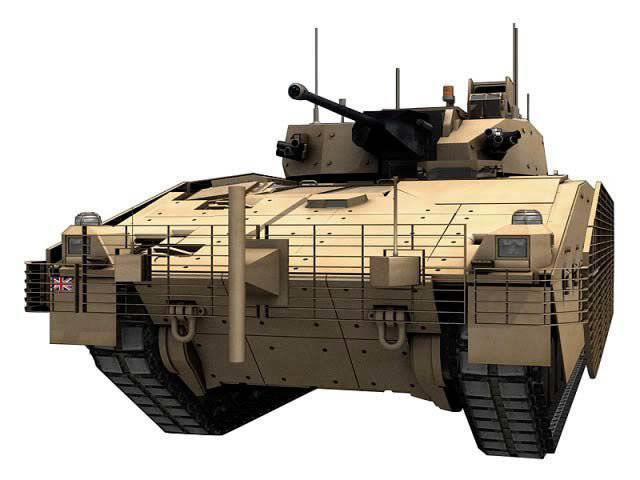
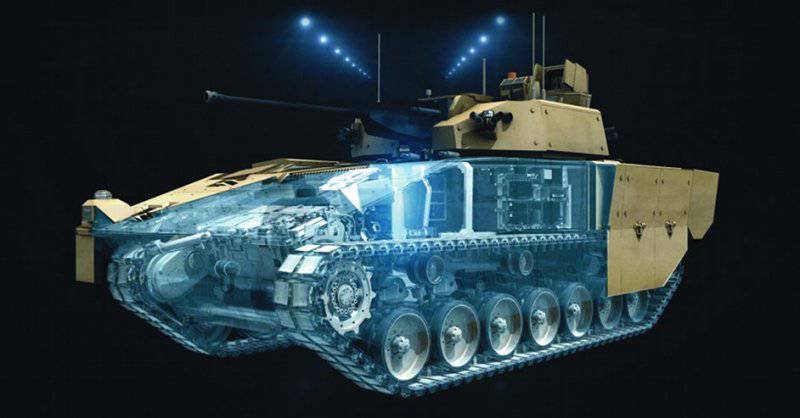
The British SV Scout will look like a car in these drawings, when at the end of 2013 or the beginning of 2014, the building and tower will “connect”
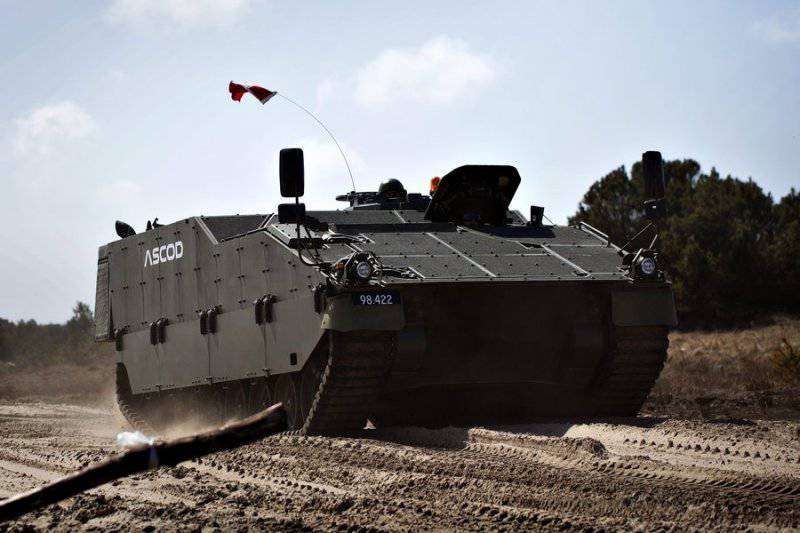
Mobile test model (based on ASCOD 1) on tests as part of the Danish Army’s M113 BTR replacement program. In addition to this, tracked CV90 Armadillo from BAE Systems, G5 from German company Flensburger Fahrzeugbau Gesellschaft, wheeled Piranha 5 from MOWAG and VBCI from Nexter took part in these tests.
A brief video review of the project status on the family of armored combat vehicles ASCOD (with my subtitles)
Looking for the future
Three years ago, General Dynamics UK (GDUK) won a difficult competition from BAE Systems and received a prize worth 776 million dollars to complete the demo phase of the program on the Special Vehicle Vehicle (SV) of the British Army.
Under this contract, GDUK must produce seven prototypes and the first must be completed in 2013 before proceeding to the production phase. This requirement was subsequently reduced to six cars, including the Mobile Test Rig (MTR) model, three Scout machines, one support (repair) machine, and one evacuation machine.
All of these machines are variants of the GDELS ASCOD 2 platform.
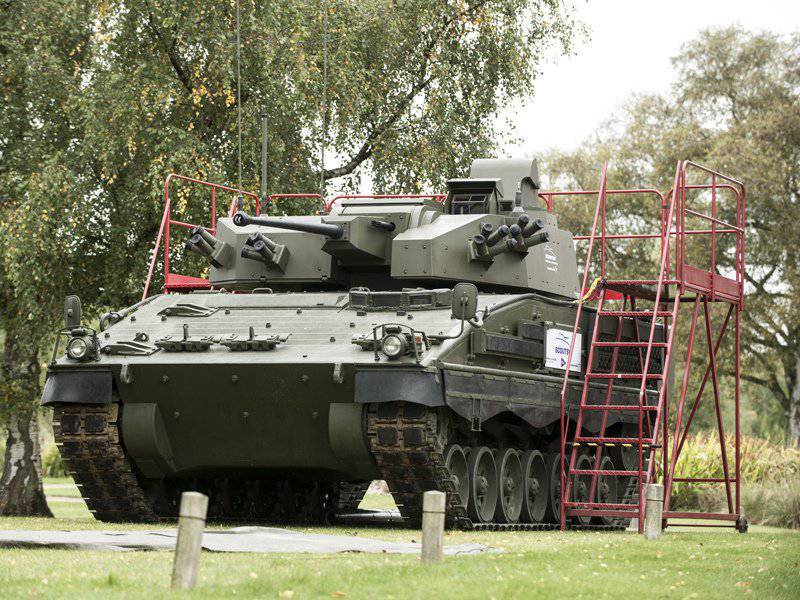
Prototype BMP ASCOD Scout SV
The MTR was manufactured at the GDELS Steyr plant in Austria in the middle of 2012. Then it was transferred to Spain, where 10000 km should pass accelerated life tests, tests for reliability and development tests in hot and dusty areas in order to reduce the risks for components of the SV-Scout chassis. The company GDELS refuse to give the exact mileage figures for today, but the source said that at the beginning of May, about 1000 km was passed.
The MTR is similar to what will become a PMRS (Protected Mobility Reconnaissance Support) vehicle. This allows GDELS to further change the design of the hull and systems without affecting the mobility work, and thereby reduce the risks in this area of development.
Tests already conducted in Austria included towing the maximum mass of 92 tons to the 300 km distance. The MTR was initially loaded to 35 tons, and then the weight gradually increased. And in early May, the car traveled around the landfill in Seville loaded with sandbags and fake armor panels in order to raise the total weight of the car to full 42 tons.
A critical analysis of the project and testing of the main subsystems is carried out at the GDUK Center for Advanced Army Systems, which was opened in South Wales in December 2012. There are garages and loading platforms for pilot machines and a system integration lab for each option. In these laboratories, all the information received from users has already been embodied in full-scale mock-ups of machines and relevant crew jobs.
GDUK reluctantly reveals everything related to the test schedule, but according to the latest data, the completion of a critical analysis of the project for each machine variant, starting with PMRS, is planned for the third quarter of the 2013 year, and the full completion of the critical analysis of the project in the next quarter.
According to the same schedule, all six machines must be delivered to the UK for the final integration of systems by the end of 2013, but a source in the company said that the assembly work on the next machine in Spain will not start “until the end of this year or the beginning of the next”. Apparently, the schedule of the program is a little stalled.
Negotiations are still underway with the British Defense Ministry, and in the meantime the program is increasingly stretching due to a review of the strategic defense and security analysis and budget constraints, although it remains central to the concept of modernizing the combat armored vehicle of the British Army.
After the start of production is given, the cars of the first stage will be assembled in Seville, then gradually the production will be transferred to the UK. The final production and integration of the SV machine will be conducted at the Defense Support Group (DSG) plant in Donnington under an already signed agreement.
Another obvious obstacle in the program are the towers for the Scout machine. These towers with 40-mm armament systems with telescopic ammunition CTAI CTCA (Case Telescoped Cannon and Ammunition) are in the “area of responsibility” of Lockheed Martin UK. She was supposed to deliver the towers at the end of the 2012 of the year, but they are still at the development stage and it is clear that they are still coming.
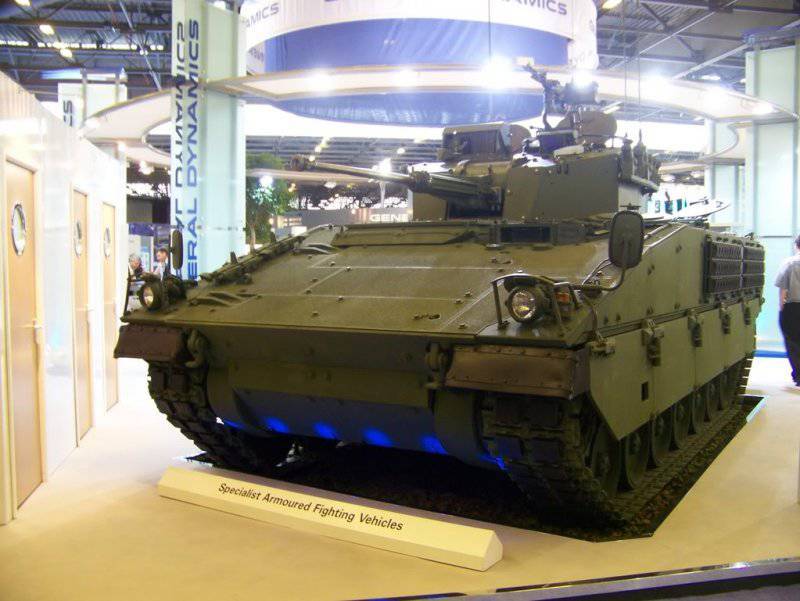
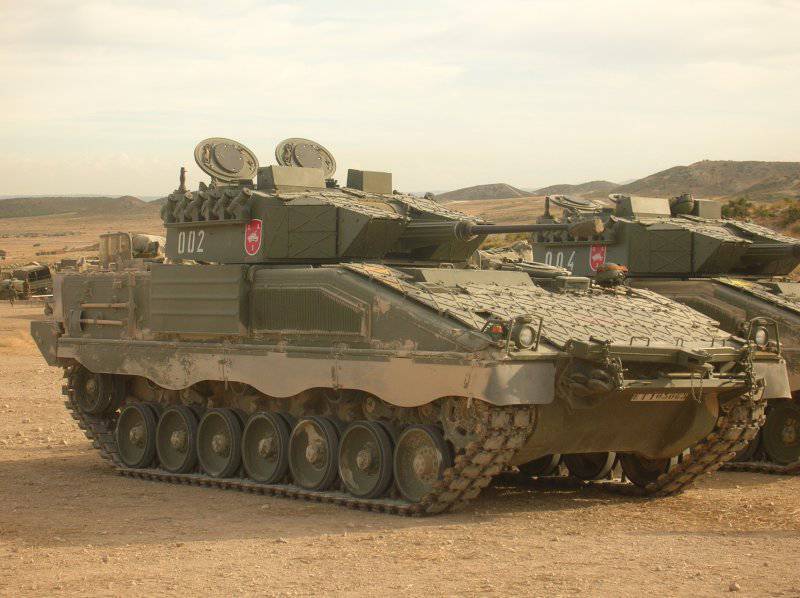
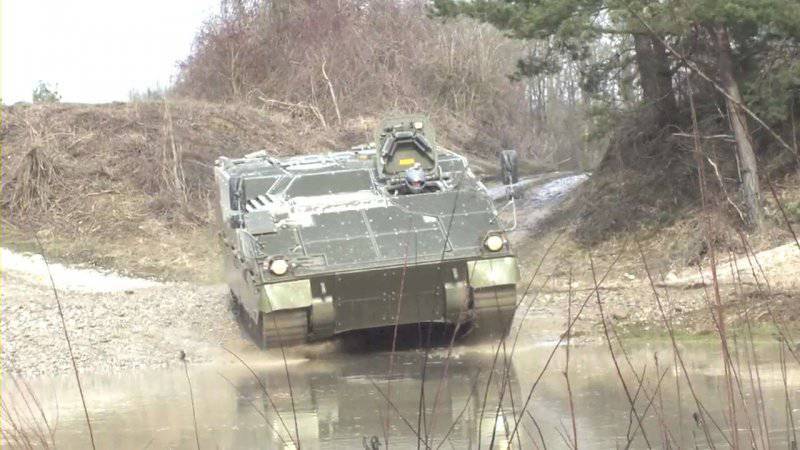
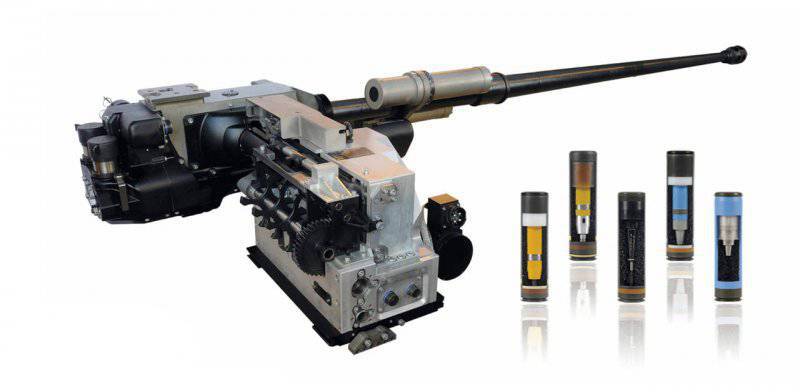
Information